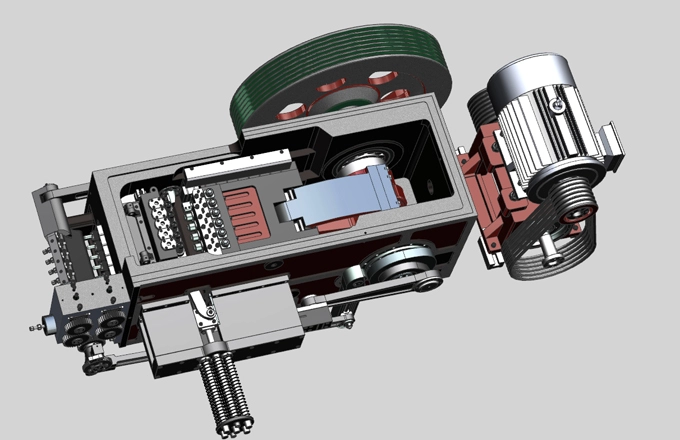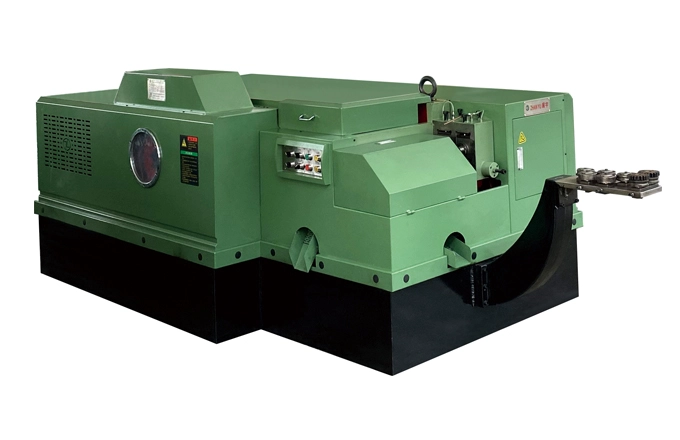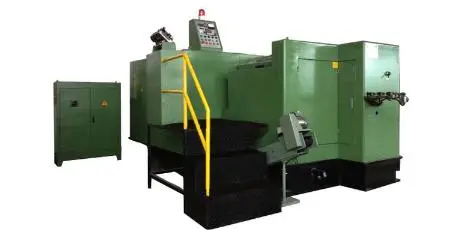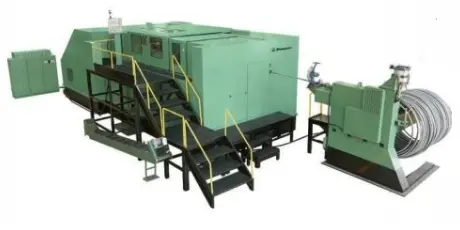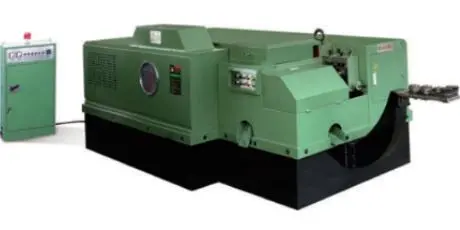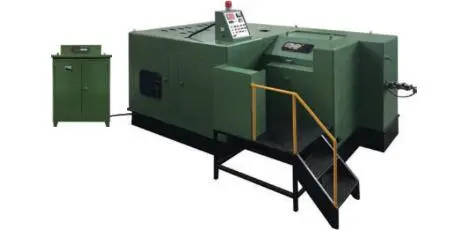Selection and Operational Considerations for Multi-station Cold Forging Machines
When choosing and operating multi-station cold forging machines, proper selection and operational methods are crucial for machining quality and efficiency. The following are several selection and operational considerations to keep in mind:
1. Selection of Multi-station Cold Forging Machine:
- Production Needs: Choose a suitable multi-station cold forging machine based on actual production needs. Consider factors such as the size, material, and quantity of the workpieces. Clear production needs and goals should be established during the selection process.
- Equipment Stability: Select a multi-station cold forging machine that offers stability and reliability. Consider the overall structure, control system, and operational stability of the equipment to ensure accuracy and consistency in the machining process.
- Machining Precision: Choose a multi-station cold forging machine that meets the required machining precision. Different industries and applications have varying precision requirements, so it's important to comprehensively consider the machining needs during the selection process.
2. Operation of Multi-station Cold Forging Machine:
- Operation Training: Operators need to receive professional training and be familiar with the operation and control system of the multi-station cold forging machine. Understanding the workflow, safety operation procedures, and troubleshooting methods ensures correct and safe equipment operation.
- Regular Maintenance: Perform regular maintenance and servicing on the equipment, including cleaning, lubrication, adjusting work stations, and replacing worn parts. This helps improve the reliability and lifespan of the equipment, ensuring machining quality and work efficiency.
- Testing and Adjustment: Before formal production, perform testing and adjustments on the equipment. Through these procedures, ensure the equipment is in normal operating condition, and that parameters like die positioning and pressure meet requirements.
Proper selection and operation ensure the normal operation and high efficiency of multi-station cold forging machines. By choosing suitable equipment, the production needs are met, and machining quality is guaranteed. Additionally, with professional training and regular maintenance, operators can proficiently handle the equipment and maintain its good working condition. These measures contribute to improving the production efficiency and machining quality of multi-station cold forging machines.
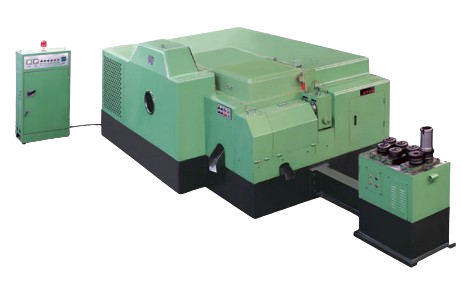
Integration and Synergistic Effects of Multi-station Cold Forging Machines with Other Metal Processing Equipment
Multi-station cold forging machines are metal processing devices typically used to complete multiple cold forging processes on a single machine, known for their accuracy and efficiency. The integration and synergistic effects with other metal processing equipment can provide the following benefits:
Increased Production Efficiency: Integrating multi-station cold forging machines with other metal processing equipment can form automated production lines, achieving automation and continuous production, thereby increasing production efficiency.
Accurate Machining: Multi-station cold forging machines usually possess high-precision machining capabilities. Used in conjunction with other processing equipment, they can ensure product precision and quality.
Labor Cost Savings: By pairing multi-station cold forging machines with other equipment, labor input can be reduced, lowering production costs.
Multi-functional Machining: Multi-station cold forging machines can complete multiple processes in one go. When used together with other equipment, they can meet the processing demands of complex products.
Synergistic Effects in Production Lines: Collaborating multi-station cold forging machines with other devices creates synergistic effects, allowing them to cooperate and connect smoothly, achieving coordinated production and optimized production flow.
Enhanced Automation Level: The combined use of multi-station cold forging machines and other automated equipment can elevate the automation level of production lines, reduce human interference, and improve production stability and reliability.
In summary, the integration and synergistic use of multi-station cold forging machines with other metal processing equipment can enhance production efficiency, precision, and automation levels while reducing production costs. This is a common production model in modern manufacturing. Through reasonable planning and optimized use of complementary equipment, a more efficient and stable production process can be achieved.
Cold Extrusion Process Employed in Cold Forging Machines
Cold forging machines are mechanical devices used for metal processing that utilize the cold extrusion process to alter the shape and size of metal materials. The basic principle of cold extrusion is to apply axial force to metal materials at room temperature, modifying their cross-sectional shape and size through extrusion. Below are the general steps involved in the cold extrusion process during cold forging machine operations:
Preparation: The cold forging machine must first load the metal material to be processed into the feeding mechanism, typically supplied in the form of wire or steel bar.
Feeding: The feeding mechanism delivers the metal material to the feeding position of the cold forging machine according to predetermined length and speed. The feeding mechanism generally includes feeding rollers and a clamping device to ensure stable material feed.
Extrusion: The extrusion section of the cold forging machine contains one or more extrusion mechanisms equipped with cold extrusion dies. The metal material undergoes axial force through the extrusion mechanism, altering its cross-sectional shape.
Cooling: During the cold extrusion process, the material's temperature rises due to frictional heat and plastic deformation. Therefore, after extrusion, the material needs to be cooled to prevent deformation or cracking.
Shearing: In the shearing section of the cold forging machine, the material undergoes cutting through the shearing mechanism to attain the desired length.
Discharging the Finished Product: The processed finished products are discharged through the discharging mechanism from the outlet end of the cold forging machine.
In the entire cold extrusion process, the mechanical force of the cold forging machine and the design of the die play crucial roles. Mechanical force is provided through the mechanical drive system, while the die is designed and manufactured in the desired shape and size. Advantages of the cold extrusion process include high precision, high efficiency, retention of the original material's fiber flow, and optimization of the material's physical properties. It is widely used in the production of various bolts, nuts, pins, screws, and rivets.

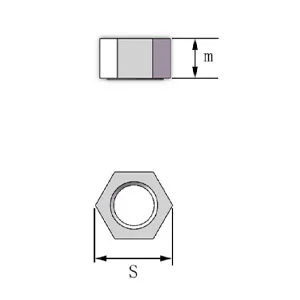
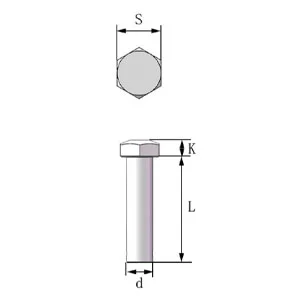
(1).webp)
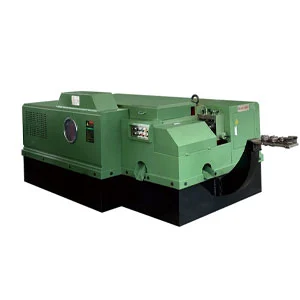
 English
English


